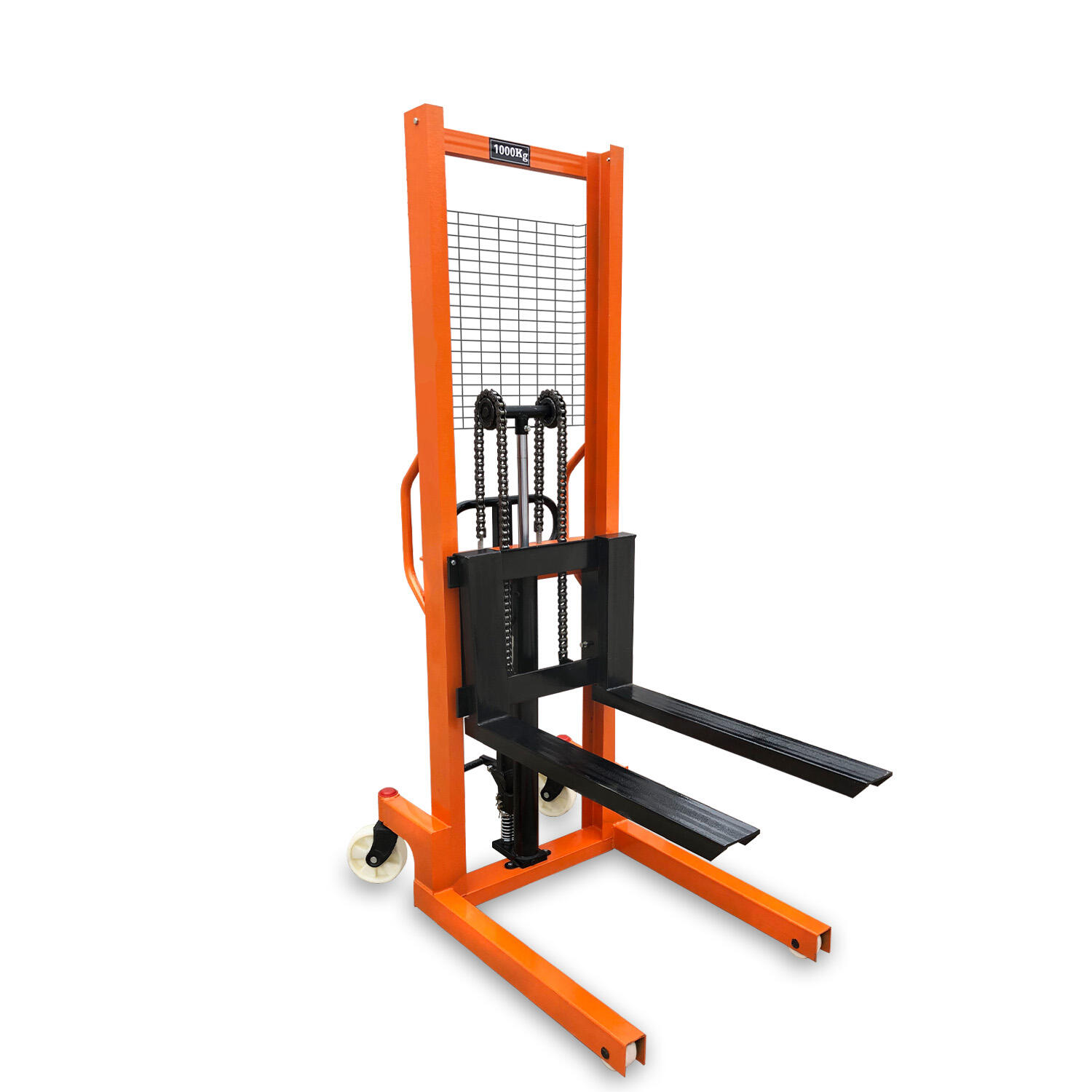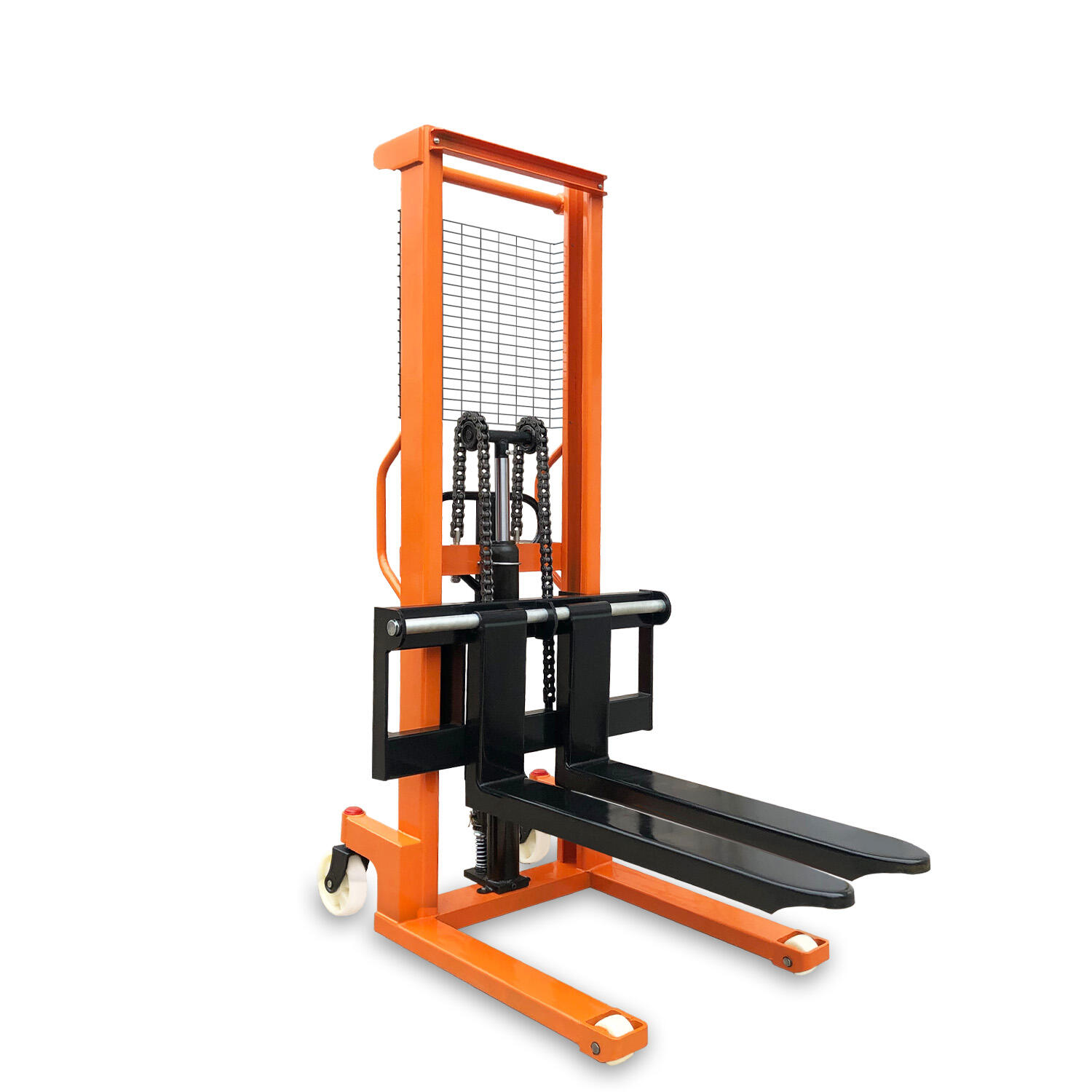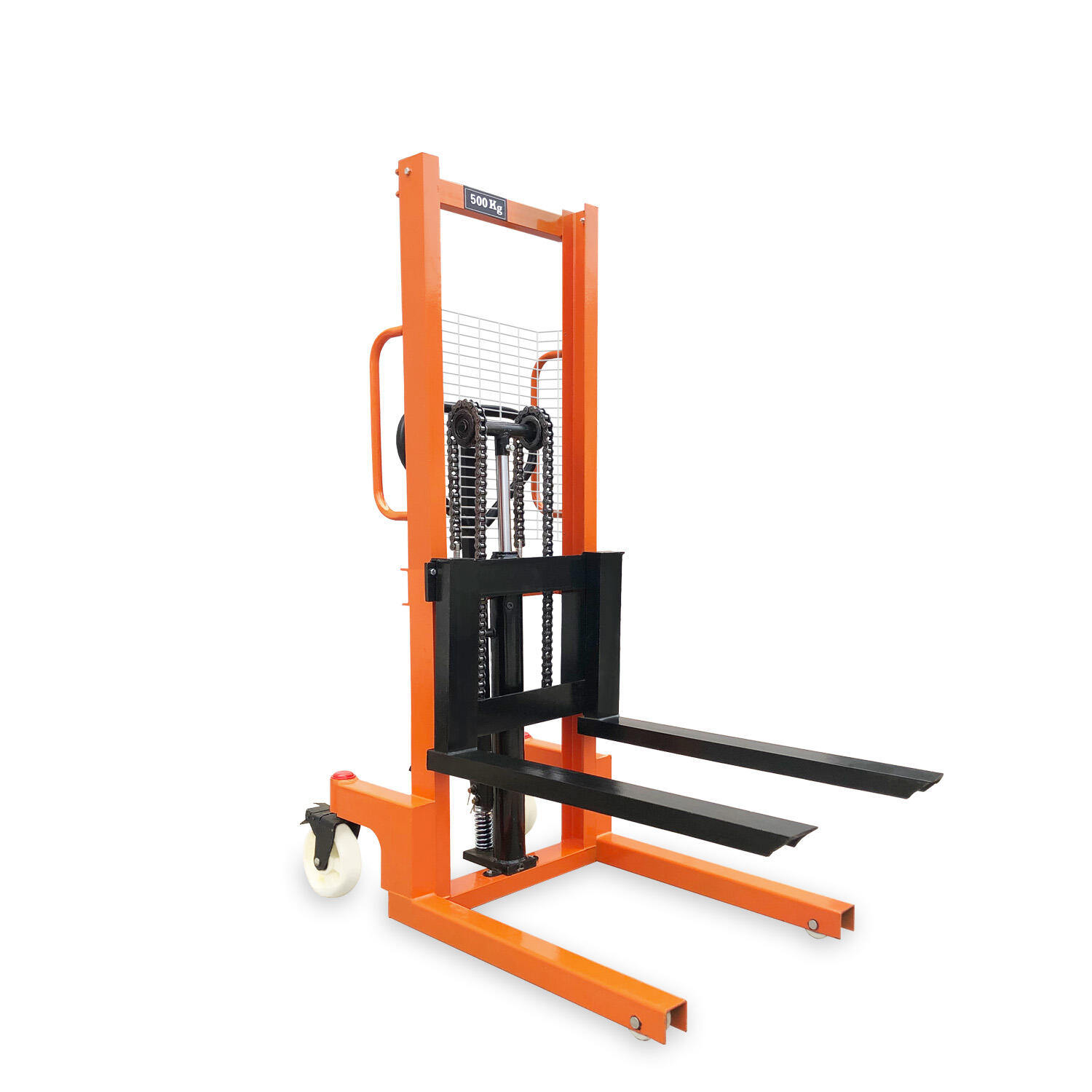When it comes to investing in material handling equipment, the manual stacker price is a critical factor that businesses of all sizes consider, as it directly impacts budget allocation and return on investment. Manual stackers, known for their simplicity, durability, and cost-effectiveness, are widely used in small to medium-sized operations where the volume of lifting tasks is moderate, and the need for heavy-duty electric or hydraulic equipment is not necessary. Understanding the factors that influence manual stacker prices can help businesses make informed decisions and select the right equipment that balances quality and affordability. One of the primary determinants of manual stacker price is the load capacity. Manual stackers are available in various weight capacities, ranging from 500kg to 2 tons or more. Generally, stackers with higher load capacities tend to be more expensive due to the need for stronger materials, reinforced frames, and more robust lifting mechanisms to handle heavier loads safely. For example, a 1.5-ton manual stacker will typically have a higher price tag than a 500kg model because it requires thicker steel components, sturdier forks, and a more powerful hydraulic system to support the additional weight. Another factor that affects the price is the lifting height. Manual stackers are designed to lift loads to different heights, from basic models that can reach 1.5 meters to more advanced ones capable of lifting up to 3 meters or higher. Stackers with greater lifting heights require longer mast sections, more complex hydraulic cylinders, and enhanced stability features, all of which contribute to a higher cost. Businesses that need to stack goods on high shelves or in tall storage racks will need to invest in a stacker with sufficient lifting height, which may increase the overall price. The quality of materials used in construction is also a significant price influencer. High-quality manual stackers are typically made from high-grade steel, which offers superior strength, durability, and resistance to wear and tear. These stackers are less likely to bend or break under heavy loads, ensuring a longer service life and reducing the need for frequent repairs or replacements. In contrast, lower-quality stackers may use thinner steel or inferior materials, resulting in a lower initial price but higher long-term costs due to increased maintenance and shorter lifespan. Therefore, while a cheaper manual stacker may seem appealing upfront, investing in a higher-quality model can be more cost-effective in the long run. The type of hydraulic system used in the manual stacker also plays a role in determining its price. Manual stackers rely on hydraulic pumps to lift loads, and the quality and efficiency of these pumps can vary. Stackers with high-performance hydraulic systems that offer smooth lifting and lowering, minimal oil leakage, and easy operation are generally more expensive. These systems are designed to reduce operator effort, making it easier to lift heavy loads with less physical strain, which is a valuable feature that justifies a higher price. Additionally, stackers with sealed hydraulic systems that prevent contamination and reduce maintenance needs may also cost more than those with open systems. Brand reputation and manufacturer support are other factors that influence manual stacker prices. Well-known and reputable brands with a history of producing reliable equipment often charge more for their manual stackers. This premium is justified by the assurance of quality, better customer service, availability of replacement parts, and longer warranties. In contrast, lesser-known or generic brands may offer lower prices but may compromise on quality, leading to higher maintenance costs and shorter equipment life. Businesses should consider the total cost of ownership, including maintenance and downtime, when evaluating the price difference between brands. Additional features and accessories can also add to the manual stacker price. Some stackers come equipped with optional features such as adjustable forks, which allow for handling different pallet sizes, or brake systems for enhanced safety during operation. Others may include ergonomic handles for improved operator comfort, or non-marking tires for use in environments where floor protection is important, such as warehouses with polished concrete floors. Each of these features adds to the manufacturing cost, which is reflected in the final price of the stacker. Market demand and supply conditions can also impact manual stacker prices. During periods of high demand, such as peak industrial seasons, prices may rise due to increased competition for limited stock. Conversely, during slower periods, manufacturers or suppliers may offer discounts or promotions to clear inventory, resulting in lower prices. Additionally, factors such as raw material costs, transportation expenses, and import/export tariffs can affect the final price, especially for stackers manufactured overseas. When comparing manual stacker prices, it is essential to obtain quotes from multiple suppliers to ensure that you are getting a fair deal. However, price should not be the sole determining factor; businesses should also evaluate the stacker's performance, durability, safety features, and compatibility with their specific material handling needs. A slightly higher initial investment in a high-quality manual stacker can lead to long-term savings by reducing maintenance costs, minimizing downtime, and improving operational efficiency. In conclusion, manual stacker prices are influenced by a combination of factors, including load capacity, lifting height, material quality, hydraulic system performance, brand reputation, additional features, and market conditions. By understanding these factors and balancing them with their operational requirements, businesses can select a manual stacker that offers the best value for money, ensuring efficient and cost-effective material handling operations for years to come.


